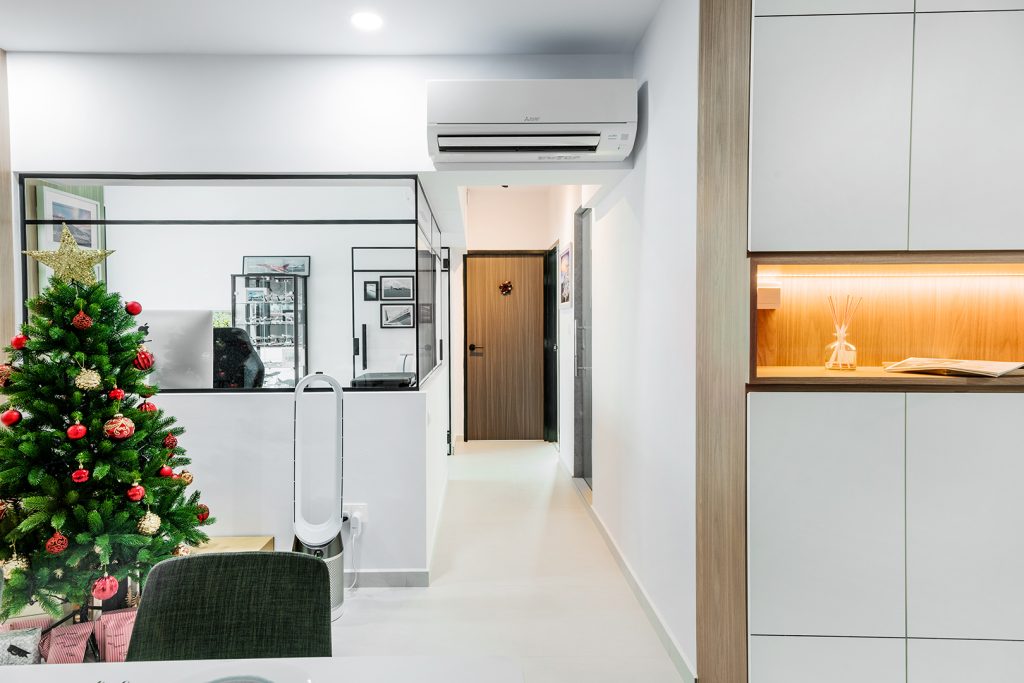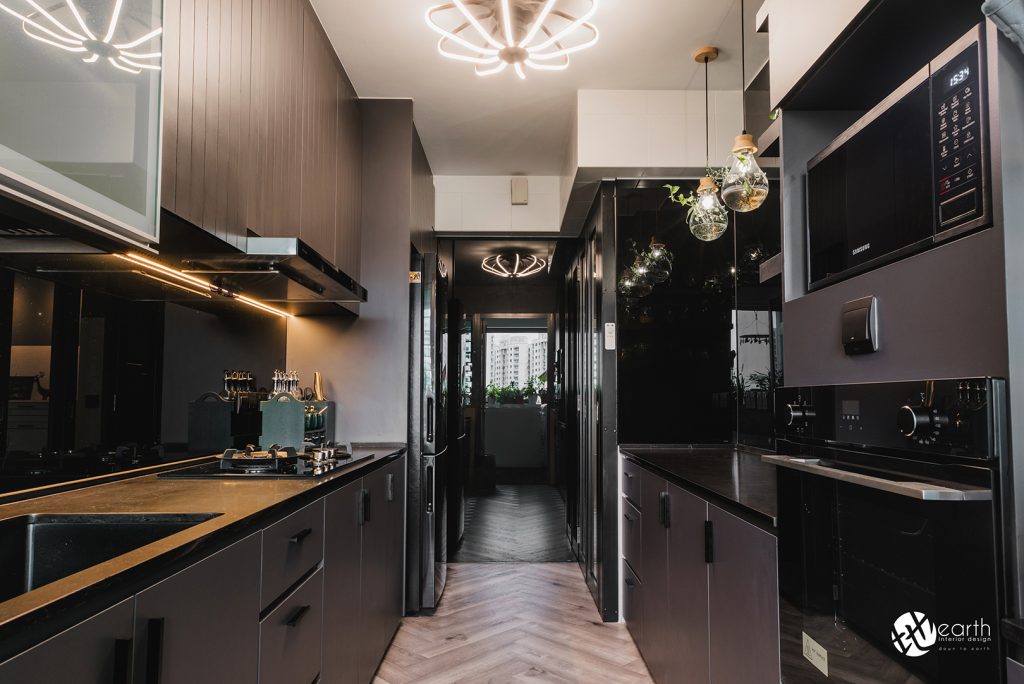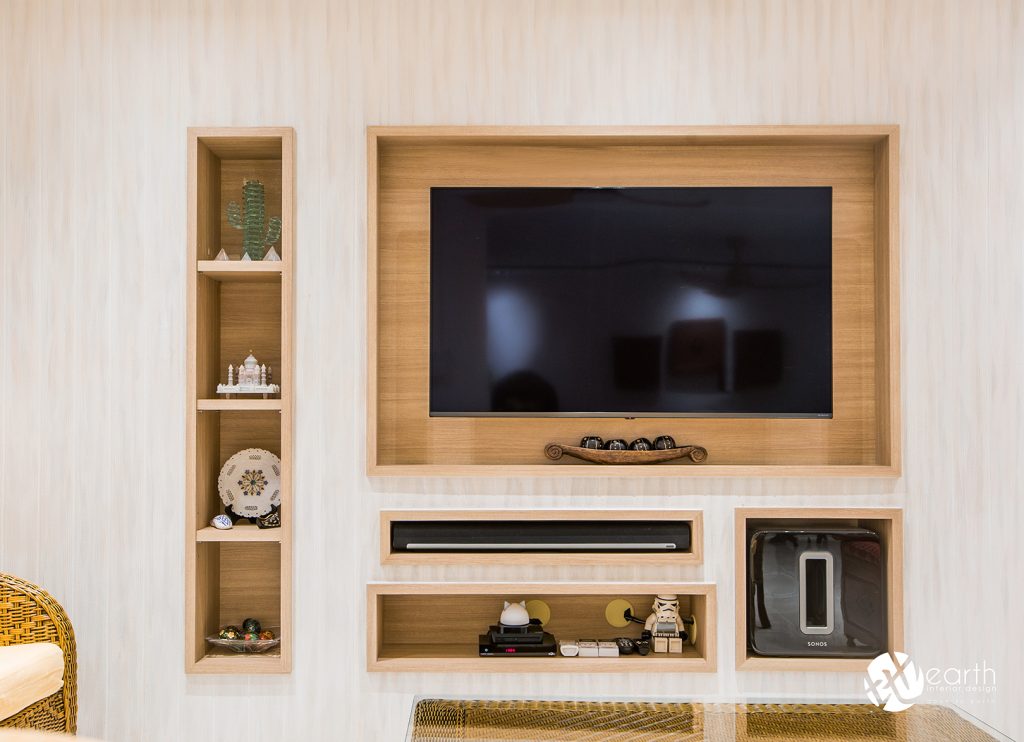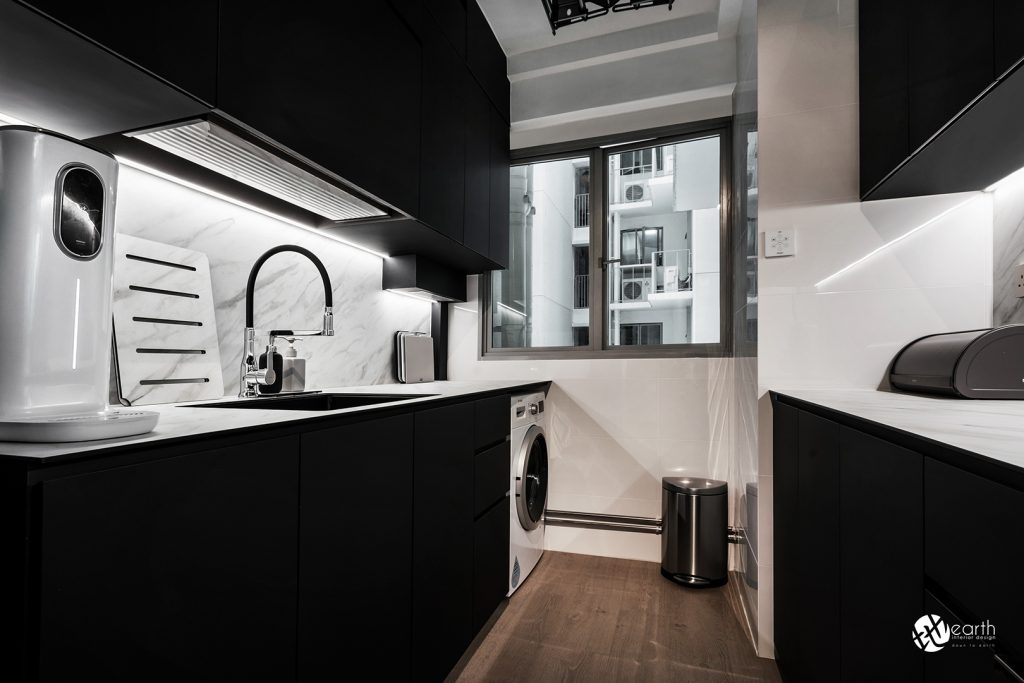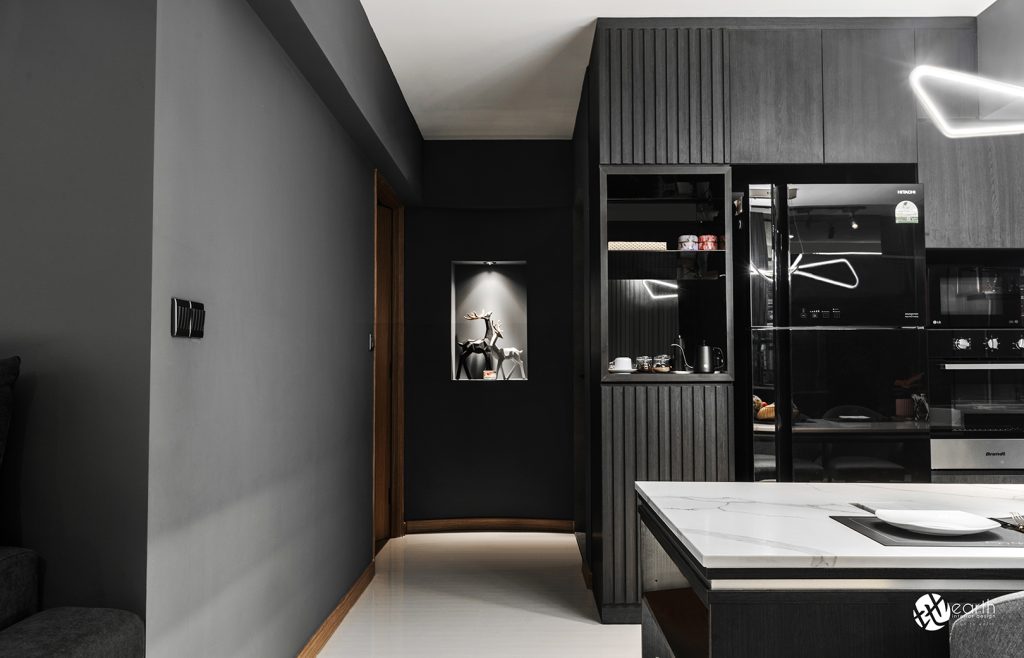Although it might be an intimidating task, decorating a home can be a ton of joy. There are, after all, many choices to be made. There are rooms to furnish and walls to paint. Additionally, there is a decent quantity of upholstery, décor, and hardware to choose from.
Fortunately, you’re not the only one trying to create a beautiful space. Many interior designers are more than willing to provide you advise because they have already completed the task you’re seeking to complete.
We asked interior designers to share some of their favorite decorating advice with us in order to assist you with your home décor endeavor, and they did not disappoint. Consequently, whether you’re performing a minor renovation or a major one, you’re
1. HOW TO FIND YOUR INTERIOR DECORATING STYLE
A key approach to problem-solving, especially those in design and interior decoration, is the “Style & Error” process. “Style & Error” refers to making numerous, different attempts until you get the ideal style. You can make it as ad hoc as you want. Also, don’t anticipate this to be static or limited; the “Style & Error” operation will go on for the rest of your life. You will be forced to partly recreate your concepts of style with each new life stage or property. Accept it; this is the outrageously exciting part!
2. CREATE A DESIGN BRIEF
It’s crucial to follow a method even if you plan to be your own designer. The design brief—or even a lengthy wish list—is where it all begins. The goal of a good design brief should be the final product. It’s common to refer to a design brief as a scope of works. It comprises information on every aspect of the project that must be covered, a wish list of needs and wishes, suggestions for the budget, and a timeframe. Room by room preparation of a design brief is simpler.
Get ideas from a variety of places. I enjoy coming up with all, and by all, I mean ALL, of my alternatives, from the simple to the delectably extravagant. Travel, publications, journals, and trade shows are beneficial.
3. MAKE GOOD USE OF SAMPLES
I appreciate a decent sample. a catalogue, cutting, or sample pot. Samples are a highly helpful tool since they indicate choices that might be considered in the early stages of a project. The sample serves as a model for numerous other materials as well. The samples serve as a record of selections as the project evolves. Keep TWO samples at all times; one is a “working sample” that you can use to reference color and texture as the project progresses. The second sample must remain in the main file. You can use this sample to quickly get the vital code and color numbers as needed.
Always order an additional 3 or 4 meters of cloth after selecting one; this is your insurance. In the unlikely event that something goes wrong, you will be able to re-cover a few sizable base or back cushions because the fabric will be in the same dyelot as your initial order. Order enough of the fabric for your sofa or chair to make a throw-style blanket to cover the furniture if you have dogs. This can be left on the sofa all the time and quickly removed to reveal neat, hair-free furniture.
4. LAYER YOUR LIGHTING
For different times of the day, occasions, or moods, great interiors offer a choice of tiered lighting that may be independently controlled. The three forms of lighting that are typically needed are general, accent, and task lighting. A room is uniformly illuminated by ambient lighting.
Accent lighting is used to draw attention to specific elements in a space, like artwork and decorative accents. Think reading lights and study lamps when considering directional and adjustable light sources for task illumination. Try to fill the majority of your space with light from a variety of lamps and lights, preferably all of which have dimmers. Additionally, put an end to the downlights already!
5. TRY BEFORE YOU BUY
Many retailers and suppliers will let you to “appro” items like art and rugs home. Two VIP “try before you buy” choices are rugs and artwork. I’d even venture to say that it’s difficult to choose a wonderful rug without first seeing it in its actual location. The delightful exception is when you can just buy what you like and design the ideal room around it.
6. REALLY UNDERSTAND YOUR SPACE
The simplest approach to comprehending a space’s vastness is to simulate it in a big room (or even a shed!). Include the important pieces of furniture, either with actual pieces or a stack of boxes that simulates the volume. Chalk and masking tape can also be useful in this process. The goal is to identify your needs and potential areas for cheating.
7. SPEND TIME (AND MONEY) ON CUSHION SELECTION
To do these right, you require more time and money than usual. Recognize that symmetrical cushion placement adds a formal, structured feel to the environment. Both bedrooms and living spaces benefit from symmetry, but I would recommend preserving this style in the bedroom. This can be a tactic to deal with financial limitations because symmetry frequently results in LESS buffers. More than any other item, random cushions require “Style & Error” testing (see point 1). Cushion colors must complement another element in the space, but avoid going for the “exact match” since this can go horribly wrong.
Play with pattern, but make an effort to stick to one or two same color palettes. Make sure to include a few subdued alternatives or block colors so the eye has somewhere to rest. Patterns can either be of a similar scale or a well-balanced mix. Finally, experiment with shape by layering larger cushions forward and placing them farther back to create a combination.


